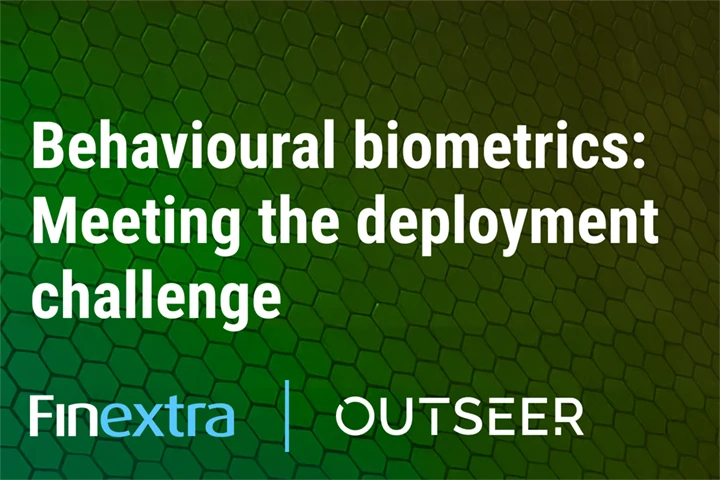How Does Fraud Detection Work with Machine Learning?
Machine learning analyzes customers’ behavioral patterns and transaction history to assess transaction risk and flag suspicious activities.
Machine learning algorithms recognize the behavior of fraudsters by comparing established customer behavioral baselines to different models of known fraud. Different customer actions or characteristics can result in a high- or low-risk score. Credit card companies, banks, payments processors, and others use this kind of real-time analysis to protect themselves from fraud in accordance with their risk tolerance and business objectives.
What Is Fraud Detection?
Fraud detection is the process of recognizing and preventing unauthorized or illegal activities or transactions. Fraud detection leverages machine learning, statistical analysis, and behavioral monitoring to identify activities, patterns or other characteristics that signal fraud.
For example, if there’s an attempt to infiltrate a customer account through an automated bot that tests a new set of login details every second, fraud detection systems should be able to identify it as a potential attack.
In this particular scenario, the system may automatically send an email alert reporting suspicious activity to the legitimate account holder. It can also present a CAPTCHA or other challenge to prevent the bot from testing additional logins.
Likewise, fraud detection systems should be able to recognize when cyberthieves attempt to place purchases using stolen credit card numbers.
Today, most fraud detection is automated. This frees human analysts to focus on more urgent cases, maintain the system, and assess case resolution and false positive data to continually improve machine learning models.
What Exactly Is Machine Learning?
Machine learning is a form of data analysis that automatically builds analytical models from data points. When used for fraud detection, machine learning algorithms can identify patterns within these models and make predictions about its legitimacy.
Machine learning leverages an abundance of customer and fraud data to produce highly accurate models that can uncover behavioral patterns. Fraud prevention systems use machine learning to assign a risk score based on behavior.
As an example, the Outseer Risk Engine analyzes over 100 different intelligence to assess risk. Metrics such as location, device ID, and transaction history are all taken into account. If the machine learning algorithm determines a high likelihood of fraud, the transaction is assigned a high-risk score.
By combining globally-shared identity and transaction data, machine learning methods, and case management feedback, Outseer dramatically reduces fraud loss while boosting approval rates on legitimate transactions to enable higher growth and profitability.
How Does Machine Learning Help Detect Fraud?
Before machine learning, fraud detection often relied solely on signature-based mechanisms that would store known threats inside a database library and then blocking threats that matched a signature. This was costly, error prone, and difficult to apply at scale. Fraudsters quickly realized they could introduce randomness in their attacks to avoid detection.
Modern machine learning, on the other hand, can read between the lines and identify fraud based on the context for, and the relationship behind a transaction, rather than exact techniques or methods. This can include variables such as the type of payment being made, whether the payee account has received payment from the user in the past, is the amount characteristic of the user’s payment, and so on. This approach helps businesses stay ahead of new and emerging attacks, even when fraudsters change up their strategies.
Machine learning models are flexible, allowing them to identify numerous types of fraud and malicious activity. Threats such as card-not-present fraud, chargeback fraud, account takeovers, and account enrollment fraud are all detectable using machine learning statistical models.
Benefits of Machine Learning Fraud Detection
In fraud detection, machine learning is essential to quickly identifying deviations from established norms for each customer and transaction. But it’s also complex. To optimize effectiveness while maximizing cost efficiencies, credit card issuers, financial institutions, and others can benefit from fully-hosted solutions that seamlessly integrate advanced machine learning-based fraud detection into their operations.
These benefits include:
Speed
With machine learning, it takes mere milliseconds to assess the risk associated with each transaction or activity. This allows businesses to apply fraud detection processes to every transaction without slowing down or interfering with the customer experience—even as cybercriminals evolve their attacks.
Scalability
Writing up rules and maintaining signature libraries can grow more costly, time consuming, and error-prone as transaction volumes grow. But the advent of world-class hosted solutions enable organizations to leverage endlessly-scalable, machine learning-enabled fraud detection at affordable rates.
Accuracy
The performance of machine learning models improves with the growth and quality of the dataset it leverages. The more examples of legitimate and fraudulent transactions, the better and faster ML models can distinguish customers from criminals and predictively apply that knowledge to future transactions. For this reason, enriching proprietary data with high-quality identity and transaction intelligence from trusted sources spanning every industry and region provides an additional layer of certainty to every risk decision.
Efficiency
Machine learning enables risk analysis across hundreds or tens of thousands of transactions per second, 24/7. Instead of wasting valuable human resources on endlessly repetitive and tedious tasks, machine learning-based solutions escalate only the scant few suspicious transactions that ever warrant further scrutiny. As a result, security teams are free to focus on far more strategic tasks and initiatives.
Telling Friend From Faux With Outseer
Outseer leverages machine learning, data, science and advanced risk scoring to provide seamless fraud protection that defeats both fraud and user friction at the same time. In fact, our suite of anti-fraud products prevent 95% of all fraud loss, with intervention rates as low as 5%. That’s the best performance in the industry.
By seeing what others can’t, we stop fraud long before a fraudulent transaction ever occurs. To see how you can protect your customers through the power of frictionless fraud prevention, request a free demo today.












